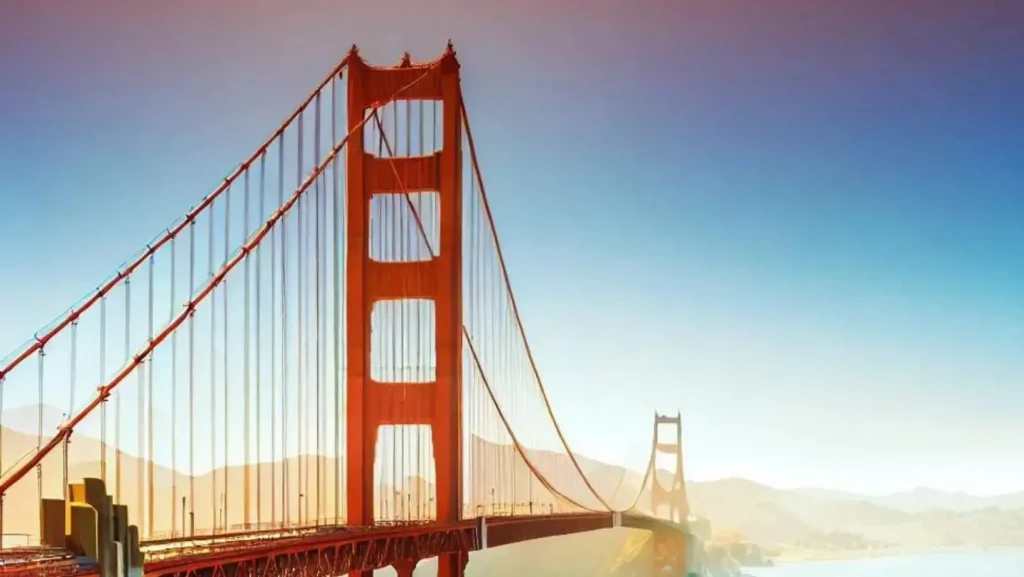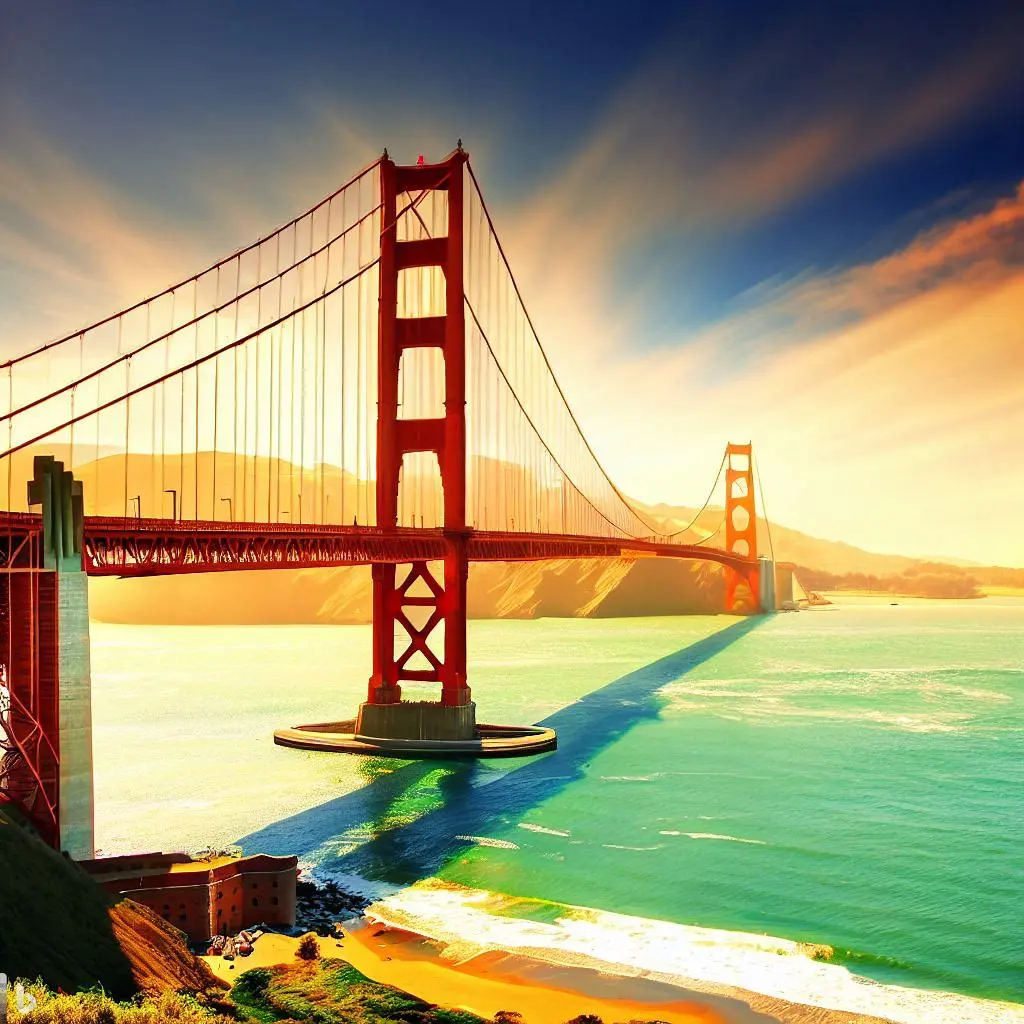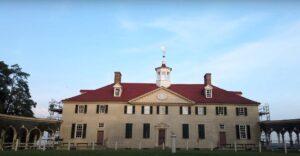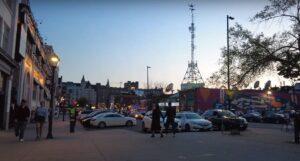The Golden Gate Bridge is one of the most famous landmarks in the world, and a stunning example of engineering excellence. It spans the Golden Gate, the narrow strait that connects San Francisco Bay to the Pacific Ocean, and connects the city of San Francisco to Marin County.
The bridge is a marvel of design, construction, and innovation, and has been admired for its beauty, functionality, and symbolism since its completion in 1937.
We will explore the history and significance of the Golden Gate Bridge, from its conception to its present day status as a landmark and a cultural icon. We will also examine how the bridge has overcome various challenges and changes over the past 85 years, and how it continues to inspire generations of engineers, architects, and artists.

Golden Gate Bridge in San Francisco, California, USA
The Golden Gate Bridge is a suspension bridge spanning the Golden Gate, the one-mile-wide (1.6 km) strait connecting San Francisco Bay and the Pacific Ocean.
The structure links the U.S. city of San Francisco, California—the northern tip of the San Francisco Peninsula—to Marin County, carrying both U.S. Route 101 and California State Route 1 across the strait. It also carries pedestrian and bicycle traffic and is designated as part of U.S. Bicycle Route 95.
Which organization declared the bridge one of the Wonders of the Modern World?
The bridge is one of the most internationally recognized symbols of San Francisco, California, and the United States. It has been declared one of the Wonders of the Modern World by the American Society of Civil Engineers.
The Golden Gate Bridge was designed by Joseph Strauss and Irving Morrow. Construction began on January 5, 1933, and the bridge was opened to traffic on May 27, 1937. It was the longest suspension bridge in the world at the time of its completion, and it held that title for 27 years.
The bridge is 1.7 miles (2.7 km) long and has a main span of 4,200 feet (1,280 m). The towers of the bridge are 746 feet (227 m) tall. The bridge is painted International Orange, which was chosen because it was thought to be the most visible color against the fog that often shrouds the Golden Gate.
The Golden Gate Bridge is a popular tourist destination, and it is estimated that over 10 million people visit the bridge each year. The bridge is also a popular spot for photographers, and it has been featured in countless movies and television shows.
When was the Golden Gate Bridge built and how long did it take?
The construction of the Golden Gate Bridge began in January 1933 and was completed in April 1937, ahead of schedule and under budget. It took about four years and four months to build the bridge.
Why is the Golden Gate Bridge orange and who chose the color?
The Golden Gate Bridge is painted in a shade of orange vermilion called “international orange”, which was suggested by consulting architect Irving Morrow. The color was chosen to complement the natural surroundings and to enhance the visibility of the bridge in fog.
How many people died during the construction of the Golden Gate Bridge and how many were saved by the safety net?
A total of 11 workers died during the construction of the Golden Gate Bridge, 10 of them in a scaffolding collapse on February 17, 1937. A movable safety net, innovated by chief engineer Joseph Strauss, saved 19 workers from falling to their deaths during construction.
How long is the Golden Gate Bridge and what is its main span?
The Golden Gate Bridge is about 1.7 miles (2.7 km) long, including its approaches. Its main span, which is the distance between the two towers, is 4,200 feet (1,280 meters) long, making it the longest suspension bridge span in the world at the time of its completion.
How many vehicles cross the Golden Gate Bridge every year and how much is the toll?
About 40 million vehicles cross the Golden Gate Bridge every year, according to the latest statistics from the Golden Gate Bridge Highway and Transportation District (GGBHTD). The toll for southbound vehicles is $8.75 for FasTrak users, $9.00 for pay-by-plate users, and $6.75 for carpools during peak hours (FasTrak only). Cash is not accepted.
Conclusion
The Golden Gate Bridge is more than just a bridge; it is an architectural marvel that showcases the beauty and innovation of the American spirit. It is a historical landmark that has witnessed many changes and challenges over the past 85 years, and a scenic beauty that has inspired many artists and photographers. Whether you want to drive, walk, or bike across the span, or just admire it from afar, the Golden Gate Bridge is a must-see attraction for anyone visiting San Francisco.
Published By : Mypuritour






